PPT-Heat Roadmap Europe 2050
Author : lois-ondreau | Published Date : 2018-11-14
study for the EU27 by for Aalborg University David Connolly Brian Vad Mathiesen Poul Alberg Østergaard Bernd Möller Steffen Nielsen Henrik Lund Halmstad University
Presentation Embed Code
Download Presentation
Download Presentation The PPT/PDF document "Heat Roadmap Europe 2050" is the property of its rightful owner. Permission is granted to download and print the materials on this website for personal, non-commercial use only, and to display it on your personal computer provided you do not modify the materials and that you retain all copyright notices contained in the materials. By downloading content from our website, you accept the terms of this agreement.
Heat Roadmap Europe 2050: Transcript
Download Rules Of Document
"Heat Roadmap Europe 2050"The content belongs to its owner. You may download and print it for personal use, without modification, and keep all copyright notices. By downloading, you agree to these terms.
Related Documents

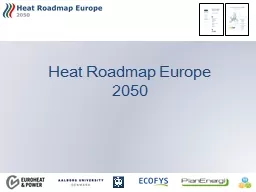
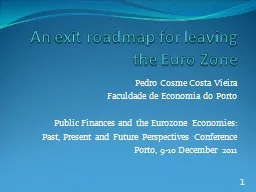
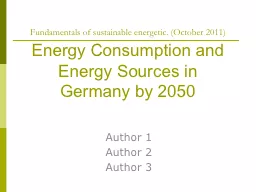
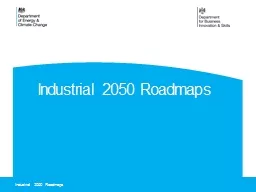
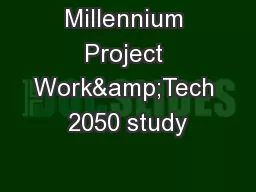
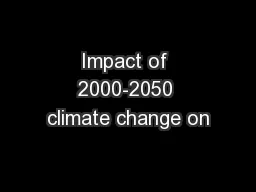





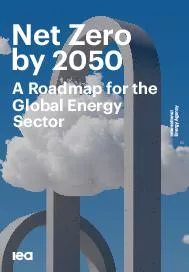

![Module VI.1 Roadmap development Trainer: [Name]](https://thumbs.docslides.com/1068018/module-vi-1-roadmap-development-trainer-name.jpg)